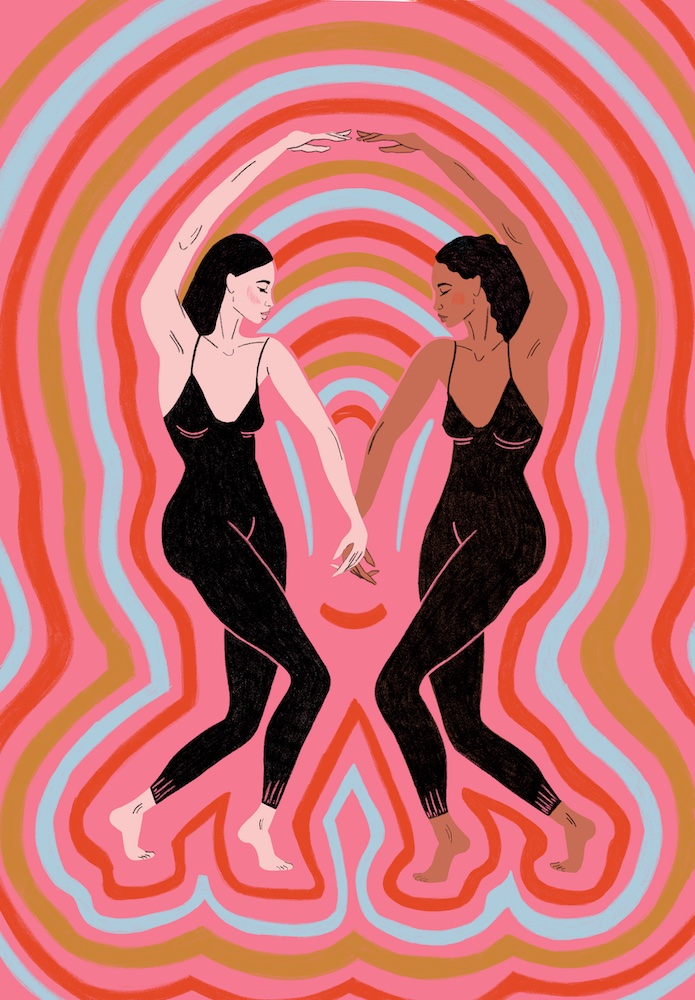Lifting Up Women and Girls in the Arts Is Vital to Cultural Progress

In virtually all areas of arts and culture, women and girls are underrepresented – and it’s not because they don’t have the talent, drive, or desire to succeed. It’s a problem that starts from an early age, with how children see women represented across all forms of art.
Great women artists, including filmmakers, philosophers, writers, musicians, singers, playwrights, and performers, thankfully exist, but they do so in spite of not being afforded the same opportunities as boys and men. Historically, the institutions that foster artists’ growth do not accept or support women artists with the same gusto, intentionality, or economics as they do male artists.
How can you become great, or even take the steps necessary to innovate and dream, if you’re barred from the outset from seeing the possibilities of your future in the lives of others like you, if you aren’t offered chances to learn, or if you don’t encounter spaces where you feel safe to express yourself?
“In actuality, as we all know,” wrote art historian Linda Nochlin in an influential 1971 article, “things as they are and as they have been, in the arts as in a hundred other areas, are stultifying, oppressive, and discouraging to all those, women among them, who did not have the good fortune to be born white, preferably middle class, and above all, male.”
The gaps in parity are staggering. In popular music, between 2012 and 2022, women accounted for 22.3% of artists and 12.8% of songwriters and received 2.8% of production credits. In an analysis of over 1,600 content creators in the U.S. film industry, in 2022, women accounted for only 8.8% of directors, 16.3% of writers, 26.8% of producers, and 8.2% of composers. These numbers dwindle even more when considering women from underrepresented racial and ethnic groups or those belonging to the LGBTQ+ community.
The effects of these gaps behind the scenes lead to misrepresentations in the media itself that range from disheartening to downright dangerous. In a 2019 study surveying 409 songs on top music charts between 2006 and 2016, researchers found that over a quarter of the songs’ lyrics were overtly misogynistic or objectified women and girls. Or, another haunting example: films would have us believe that one in four rape accusations are false. Research on real-life sexual assault indicates that false allegations happen at a rate of only 2.5%.
Distorting the real experiences of women and girls, their worth, and their abilities can lead to their devaluation as artists, professionals, and people. Real change could occur, if only women and girls’ ideas were respected and amplified, if they were given seats at the table and adequate resources to succeed in the arts, culture, and media.
When women and girls aren’t given the same opportunities as boys and men, the path towards success becomes thornier, at times even impassable. When women and girls don’t receive resources to support their goals and dreams, they won’t have the tools necessary to build a better future. When women and girls become mired in derogatory stereotypes or face gender-based violence, they’ll expend all their energy combating their devaluation as people, rather than thinking freely, living expansively, and doing great things for themselves and their communities.
After all, when we help women and girls see themselves reflected accurately in our culture, when they are inspired and supported in following their passions and developing their talents, we’re benefiting not only them but us all.